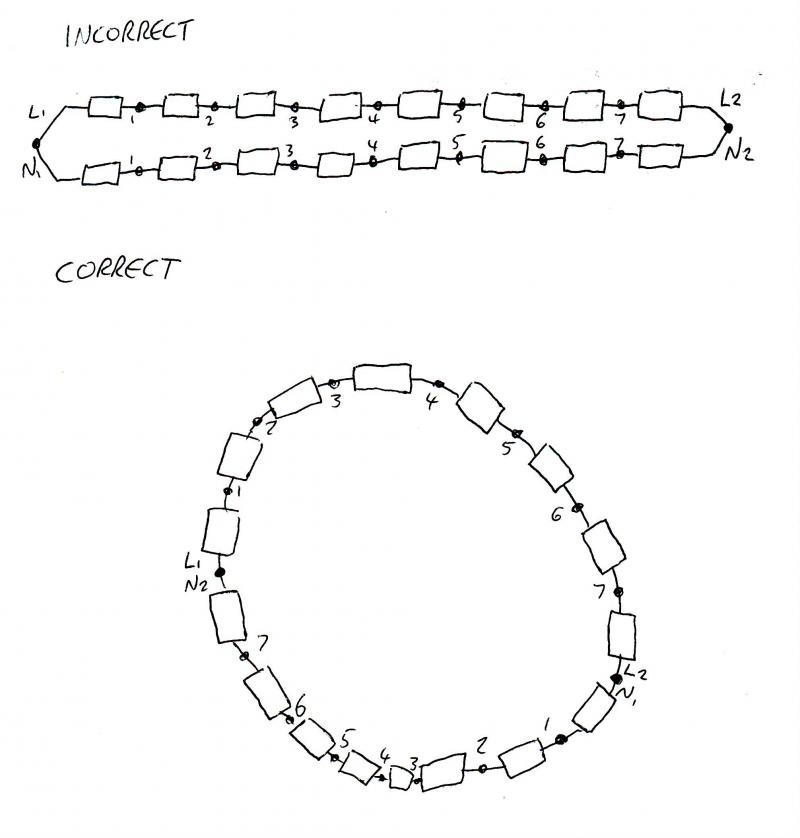Hello,
im just reading a book just now and there is something ive just read about the ring final continuity test i dont understand, say when u cross the live to the neutral of the same cable and not the opposite neutral the books says " that the resistance will start to go higher as u measure at the sockets the further u go away from the CU?
why does that happen?
im just reading a book just now and there is something ive just read about the ring final continuity test i dont understand, say when u cross the live to the neutral of the same cable and not the opposite neutral the books says " that the resistance will start to go higher as u measure at the sockets the further u go away from the CU?
why does that happen?


